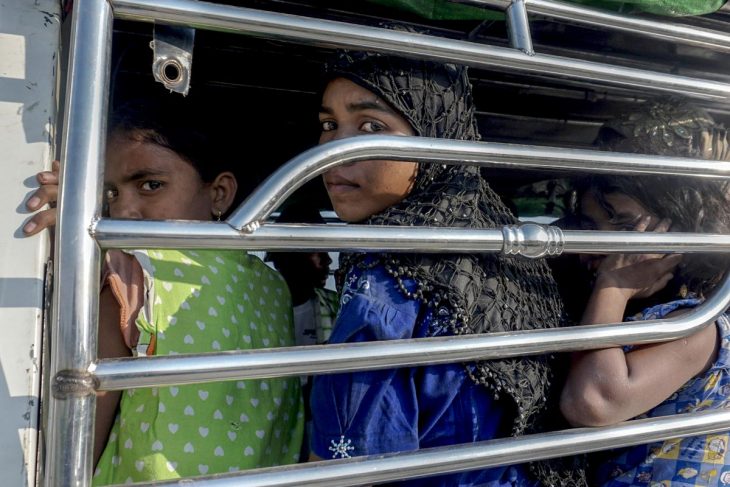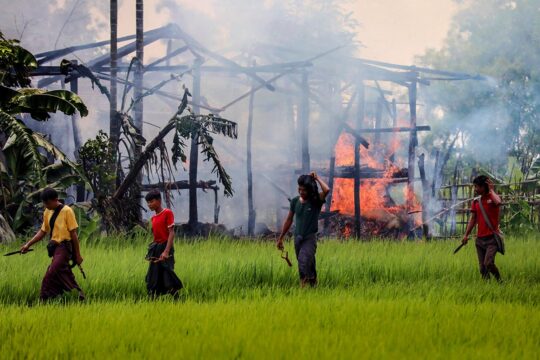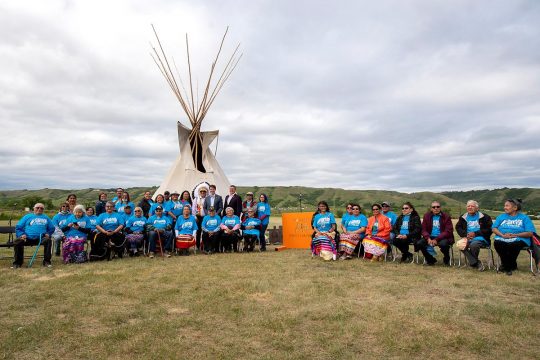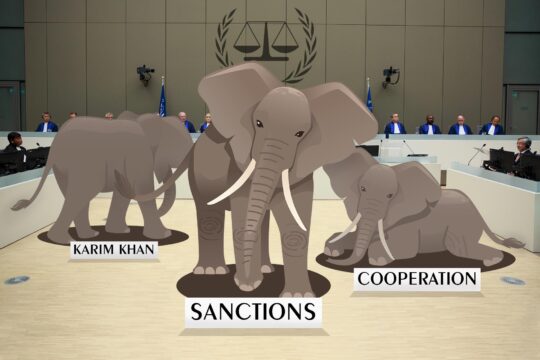In the summer of 2017, Rohingya refugees fled from Myanmar to Bangladesh. An Indo-Aryan speaking people, the majority are Muslim, a minority in Buddhist Myanmar. Prior to the crisis, there were one million Rohingya in the region. 650,000 people have fled already. However, international and regional responses are limited and most actions taken have been private; aimed at alleviating humanitarian needs rather than at creating sustainable, long-term institutional changes. The regional polity, ASEAN, has not responded significantly to the crisis. While other authors have similarly argued for ASEAN’s intervention in the Rohingya crisis, this paper does so by justifying such intervention due to the region’s shared cultures and histories. Sadly, such actions have not yet been taken.
This is deliberate—potential actions are traditionally docked by ASEAN’s core values of non-interventionism. ASEAN has maintained these stances out of respect to the myriad cultural differences of its member states. However, the social causes of violence against minorities (specifically the Rohingya) are commonly found throughout South-East Asia owing to shared regional histories and colonial pasts. In light of the scale of the crisis, such shared histories and a common goal of spreading peace and prosperity throughout the region, aside from direct intervention, another necessary part of the solution would be for ASEAN to adopt a different model of shared governance with traits from the European Union [EU] or the African Union [AU].
What we are witnessing is unsurprising. The Rohingya have faced persecution before. In 1975, 15,000 Rohingya fled into Bangladesh. In 1977, it was 200,000. Such a trend indicates the systemic causes underlying this crisis. Journalism often points to Myanmar’s restrictive 1982 citizenship law, connecting the restrictiveness of the citizenship law to the scale of the current crisis by understanding the status of the current Rohingya in Myanmar as non-citizens who are denied the right to property, due process and legislative representation. The 1982 law creates three citizenship classes: the first is full citizens, descendants of residents who were in Burmese territory prior to 1823 or are born to parents who are already citizens. The second is associate citizens who acquired citizenship through the 1948 Union citizenship law. Last are naturalized citizens who lived in Burma prior to 1948 but applied for citizenship post-1982. The Rohingya are not considered citizens but as ‘resident foreigners’ and cannot apply for citizenship under the 1982 law because they are not considered one of the indigenous ‘national races’. Their language remains unrecognized. In addition, the law requires an onerous burden to prove a person’s ancestry – if one’s ancestors were in the state prior to the Colonial Period in 1823. The effect is that the Rohingya are permanently stateless.
But blaming the 1982 law is ignoring deeper cultural issues. The citizenship law is based on criteria created during colonial history, a remnant of British notions of race and tribal identity. Ironically, fragments of the 1982 law, such as portions that emphasize the importance of citizenship as coming primarily from the several main regional tribes, reflect a “thick” nationalist, post-colonial attempt at nation-building based on a highly exclusive understanding of ethnic belonging. Tribal identities, once fluid prior to British involvement, took on prescriptive uses. Distinctions between tribes were once marked mainly by separations in culture but took on legal implications with colonial and nationalist administrations. Ethnic identities that were distinguished in the interests of developing a post-colonial history now demarcate ethnicities that are not ‘welcome’. Isolation along ethnic lines grows over time and gives populist governments reason to continue exclusionism.
Unfortunately, the 1982 law is not the problem. Efforts to change the law miss the root of the problem, which lies with how Burmese society constructs citizenship and how such constructions have been key to the regions’ post-colonial development.
Cultural and Regional Standards of Citizenship
Problematically, exclusive constructions of citizenship are found throughout the South-East Asian region. This is unsurprising given the regions’ shared colonial history. Regionally, only two countries (Malaysia and Thailand) practice Jus Soli. In fact, Thailand’s unrestricted Jus Soli citizenship requirements were amended in response to illegal immigration from Burma in 1972. In general, Jus Sanguinis principles are more popular, and although this means that a majority of the population receives citizenship, pervasive statelessness exists – such as with the Rohingya. Questions of dual citizenship also involve ideas of ethnocentricity; all ASEAN nations, except the Philippines, prohibit dual citizenship. Naturalization laws are stricter when compared to most other regions, and involve more than just residency, requiring language abilities, spousal connections, skills and capital.
In general, the regional construction of citizenship is dependent on ‘indigenism’, an idea that statehood is inextricably linked with ethnicity. To argue and expect that South East Asia abandon older notions of citizenship is impractical and culturally naïve. While the region cannot simply adopt Western notions of citizenship, humanitarian problems of migration and statelessness will continuously deteriorate given the pressures of globalization. And while the humanitarian crisis in Myanmar is unlikely to happen in neighboring countries, the Rohingya crisis still reveals the regional commonality that underlies much of South East Asia’s issues with statelessness and representation.
The case for regional transitions and interventions: a comparative approach with other Regional Bodies
There are two main questions that need to be answered when arguing for ASEAN’s active intervention in the Rohingya crisis. The first is if ASEAN has a right to intervene, and, if that right exists, how ASEAN should go about it with regard to changing its own doctrines. The second question is how ASEAN’s new stance will contribute to the stability of the region in the future.
Ostensibly, ASEAN maintains its policy of non-intervention as a method of conflict management between states. But ASEAN’s Charters also include a Human Rights Declaration, as well as numerous other entreaties on social welfare, development, education, health and upward mobility. And despite ASEAN’s focus on economic issues, it recognizes that social issues, such as the movement of refugees and undocumented migrants, are crucially tied to economic ones through labor. There clearly exist good reasons for ASEAN to intervene – if only to pay more than lip service to its own core tenets. Furthermore, ASEAN has also departed from its own doctrine of non-intervention. Termed “flexible engagements”, such departures are strictly limited for now, but create historical precedent for more active participation in the name of humanitarian measures. Previous measures have also involved politics – in 2009, ASEAN members jointly demanded Myanmar release political prisoners.
Given both policy directions that seemingly call for a more active stance and historical developments that have showcased the benefits of intervention, there clearly exists an implicit motive to intervene. However, ASEAN’s 2007 Charter is a firm legal personality; while this presents challenges to how flexible ASEAN can be in the coming years, it also gives greater legal weight to the regional goals of human development and protection. And, as an official inter-governmental organization (rather than just a round-table), ASEAN can now issue specific decisions and directives rather than just offer non-binding side-line commentary. As ASEAN becomes more similar to other regional unions (such as the EU and the AU), such directives will have practical impacts, one of which can be active humanitarian intervention. With a clearly stated long-term guideline for intervention in place, it actually becomes clearer for members to know exactly where they stand – with less danger of overstepping one another’s sovereignty.
What should such an intervention look like? Policy-wise, ASEAN has had an excellent track-record of creating policy directives and platforms that allow the sharing of best practices – both in the realm of human and drug trafficking and resource trade. It would be little work to adopt the mechanisms behind those to creating a directive about standardizing (and modernizing) member states’ citizenship and naturalization practices. Taking a leaf from the EU, this directive can include freedom of movement, employment and settlement. And where this is not applicable, ASEAN can perhaps learn from the AU to take significant steps toward eliminating statelessness by broadening the criteria for giving children and long-term settlers legal status.
A pressing need for change, with enormous potential for regional growth
South East Asia is a quickly developing region. With development come changes and challenges to established regimes of bureaucracy, diplomacy, and trade. Some of these changes concern mass migration as labor workforces become more mobile. Statelessness is bound to become a more significant regional problem as populations grow accordingly. ASEAN’s inaction over the Rohingya genocide is not only inhumane – it is a missed opportunity to create a progressively minded platform to tackle the menace of regional statelessness. But, as trade and migration become more intertwined, it is paradoxical to both expect strong regional growth and a total separation of member states’ politics. ASEAN would do well to recognize itself as the best placed polity to solve this problem as it is culturally sensitive enough to recognize a shared regional history based on colonial indigenism – and also to keep the past as the past.
 OXFORD TRANSITIONAL JUSTICE RESEARCH
OXFORD TRANSITIONAL JUSTICE RESEARCH
This article has been published as part of a partnership between JusticeInfo.net and the Oxford Transitional Justice Research (OTJR), a network of high-level transitional justice researchers which is part of the University of Oxford. Justiceinfo.net publishes OTJR publications under the joint responsibility of its editor and OTJR.






